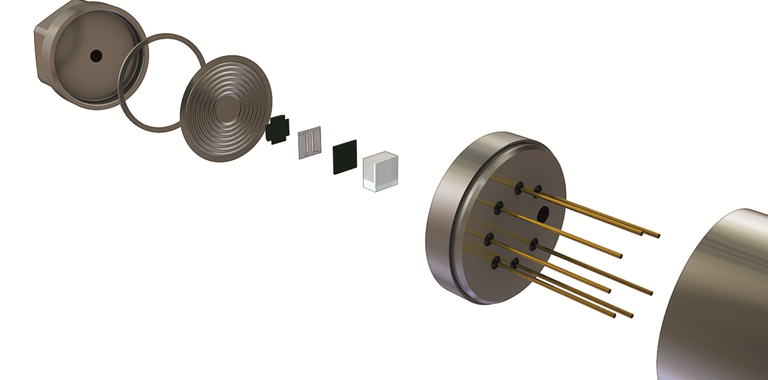
Developing a digital pressure sensor
Developing a digital pressure sensor to rival the expanded uncertainty of piston gauges
Introduction
Druck has been at the forefront of pressure measurement technology for almost 50 years and still continues to push the boundaries of what is possible in terms of precision, stability and expanded uncertainty for a pressure transducer. As you will see Druck’s latest offering continues to be industry leading sensing technology capable of expanded uncertainties of less than 20ppm
This poster is intended to provide a summary of:
- The inherent metrological characteristics and the impact on measurement performance and stability of Druck’s latest resonant pressure sensing sensors (TERPS)
- Calibration methods used to achieve industry leading performance
- How this new technology can provide benefits over traditional approaches in primary and transfer standard metrological applications
In conclusion Druck has developed a range of resonant pressure sensors capable of displacing a traditional deadweight tester in a high number and high variety of applications
Calibration method - validation, characterization and verification
In general, the calibration of pressure sensors and instruments is a direct method, where the unit under test is calibrated against the pressure standard(s) of higher metrological characteristics.
In this case where we are trying to achieve accuracies with the resonant silicon pressure sensors in line with a high accuracy pressure standard, the direct method was used in a structured way to ensure we can achieve the best possible precision and accuracy.
Click to download poster
